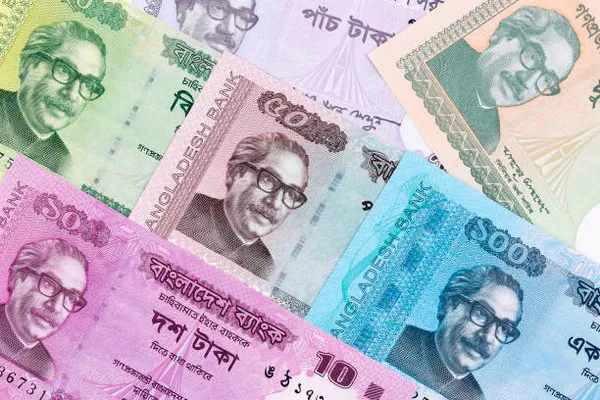The evolution of currency in Bangladesh is a testament to the country’s economic journey and technological advancements. From the early days of barter systems to the introduction of the Taka, the national currency, and now the ongoing digital transformation, Bangladesh’s currency landscape has undergone significant changes. This article explores the historical milestones and contemporary trends that have shaped the evolution of currency in Bangladesh.
The Barter System Era
Before the formal establishment of currency, Bangladesh, like many other regions, relied on the barter system. In this primitive economic system, goods and services were exchanged directly, creating a network of interdependence within communities. While this system had its merits, it also had limitations, such as the lack of a standardized unit of exchange, making transactions cumbersome and inefficient.
The Introduction of the Taka
The formalization of currency in Bangladesh began with the introduction of the Pakistani Rupee in 1947, following the country’s independence from British rule. However, the economic disparities between East and West Pakistan led to the need for a distinct currency for East Pakistan (present-day Bangladesh). Consequently, in 1971, Bangladesh gained independence, and the Bangladesh Taka was introduced as the official currency.
The Taka, with its symbol ৳, became a crucial instrument in fostering economic stability and growth. The Bangladesh Bank, the central bank of the country, played a pivotal role in regulating the issuance and circulation of the Taka. Over the years, various denominations of banknotes and coins were introduced to facilitate daily transactions, and the Taka became an integral part of the nation’s identity.
Incorporating Security Features
As technology advanced, so did the need for enhanced security features in currency to combat counterfeiting. Bangladesh took proactive measures to incorporate modern security features into its banknotes. Watermarks, holograms, and security threads were introduced to ensure the integrity of the currency. These advancements not only protected the Taka from forgery but also instilled confidence in users and international stakeholders.
The Rise of Digital Payments
In recent years, Bangladesh has witnessed a significant shift towards digital payments, marking the next phase in the evolution of its currency. The government, in collaboration with financial institutions, has actively promoted digital transactions to create a more efficient and transparent financial ecosystem.
Mobile banking services, such as bKash and Nagad, have gained widespread popularity, allowing users to conduct various financial transactions through their mobile phones. This shift towards digital payments has not only increased financial inclusion but has also reduced the reliance on traditional banking channels.
Government Initiatives and Regulations
To accelerate the adoption of digital payments, the government of Bangladesh has implemented several initiatives and regulations. The National Payment Switch Bangladesh (NPSB) was launched to streamline electronic fund transfers between banks, making digital transactions faster and more accessible. Additionally, regulatory frameworks have been established to govern mobile banking services and ensure the security of digital transactions.
The Bangladesh Bank has played a proactive role in fostering a conducive environment for digital payments. Initiatives such as the Digital Financial Services (DFS) Guidelines and the Bangladesh Automated Clearing House (BACH) have been introduced to standardize and regulate digital financial services, promoting a secure and efficient financial landscape.
Challenges and Opportunities
While the evolution towards digital payments presents numerous benefits, it is not without challenges. The digital divide, limited internet infrastructure in rural areas, and concerns about cybersecurity and data privacy are significant hurdles that need to be addressed. Efforts to bridge these gaps and build a robust digital infrastructure will be crucial for ensuring that the benefits of digital payments reach all segments of society.
The Future of Currency in Bangladesh
As Bangladesh continues to embrace digital transformation, the future of currency in the country holds exciting possibilities. Central bank digital currencies (CBDCs) are emerging as a potential next step in the evolution of currency worldwide, and Bangladesh is closely monitoring these developments. CBDCs could offer a government-backed digital alternative to physical currency, combining the advantages of traditional currencies with the efficiency of digital transactions.
Conclusion
The evolution of currency in Bangladesh reflects the country’s commitment to adapt to changing economic landscapes and embrace technological advancements. From the barter system to the introduction of the Taka and the current digital revolution, each phase has been marked by innovation and a drive towards efficiency. As Bangladesh navigates the complexities of a rapidly evolving financial ecosystem, the nation’s approach to currency will undoubtedly continue to shape its economic future. The synergy between traditional and digital forms of currency will play a pivotal role in determining how Bangladesh positions itself in the global economic landscape.


